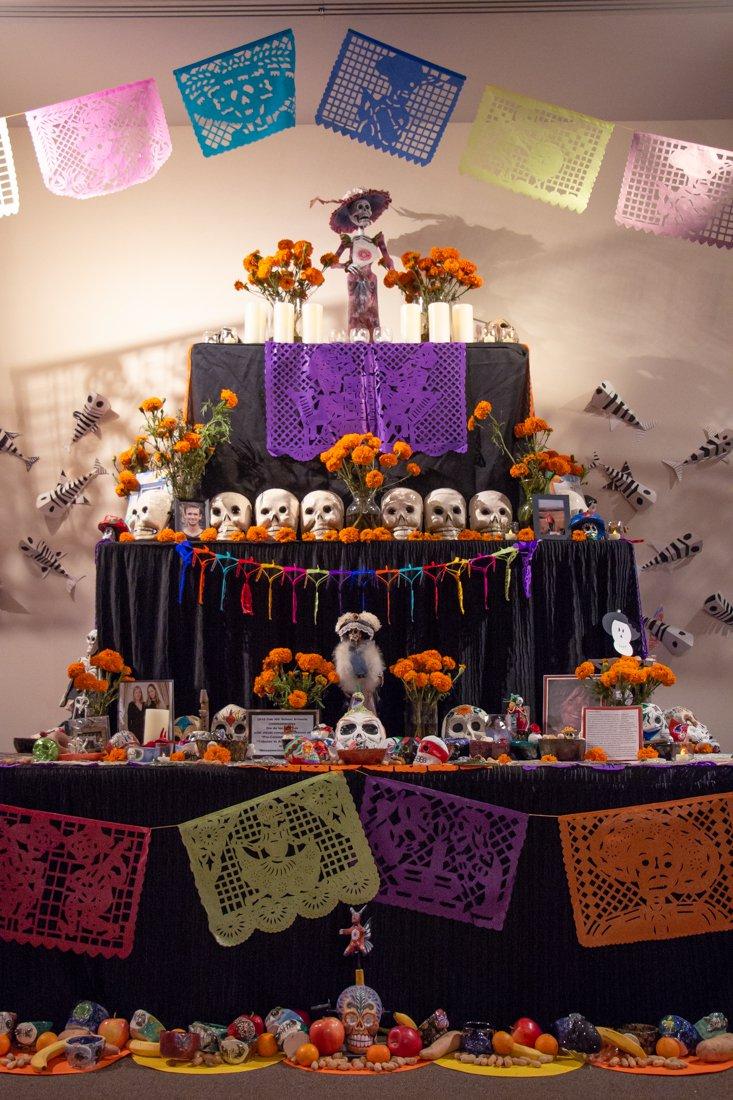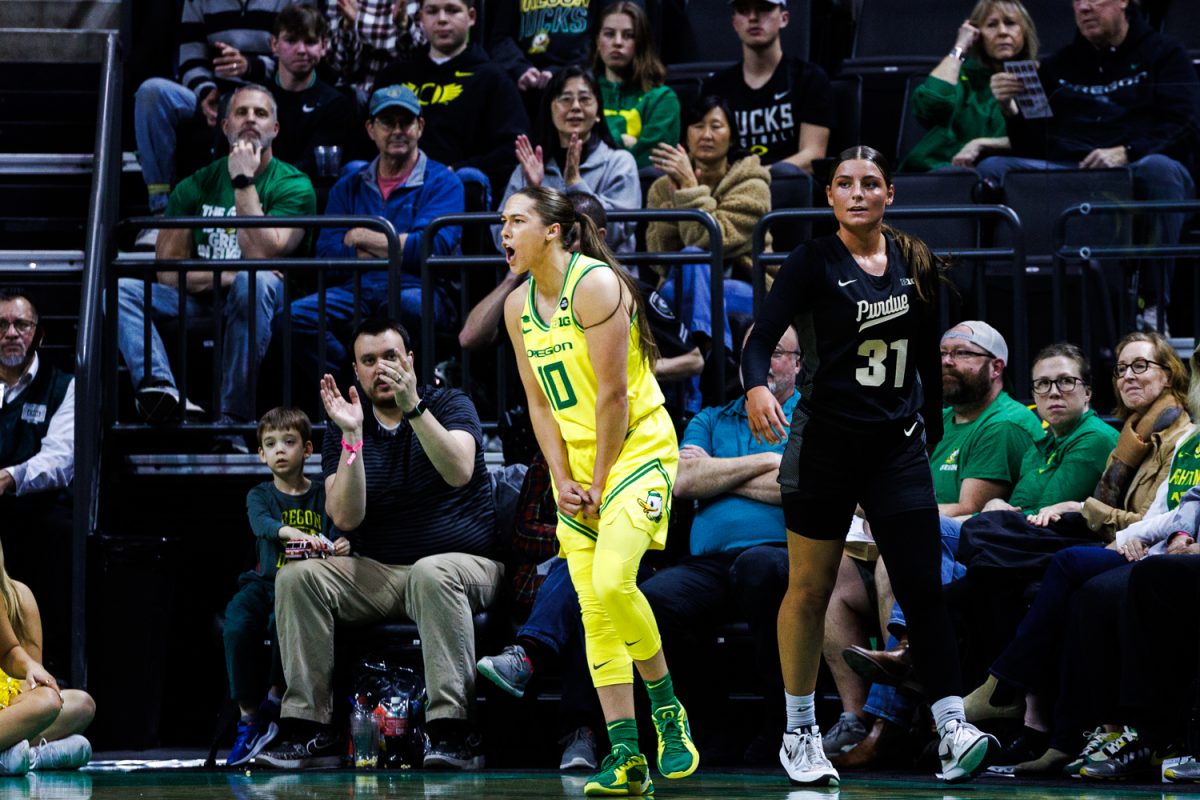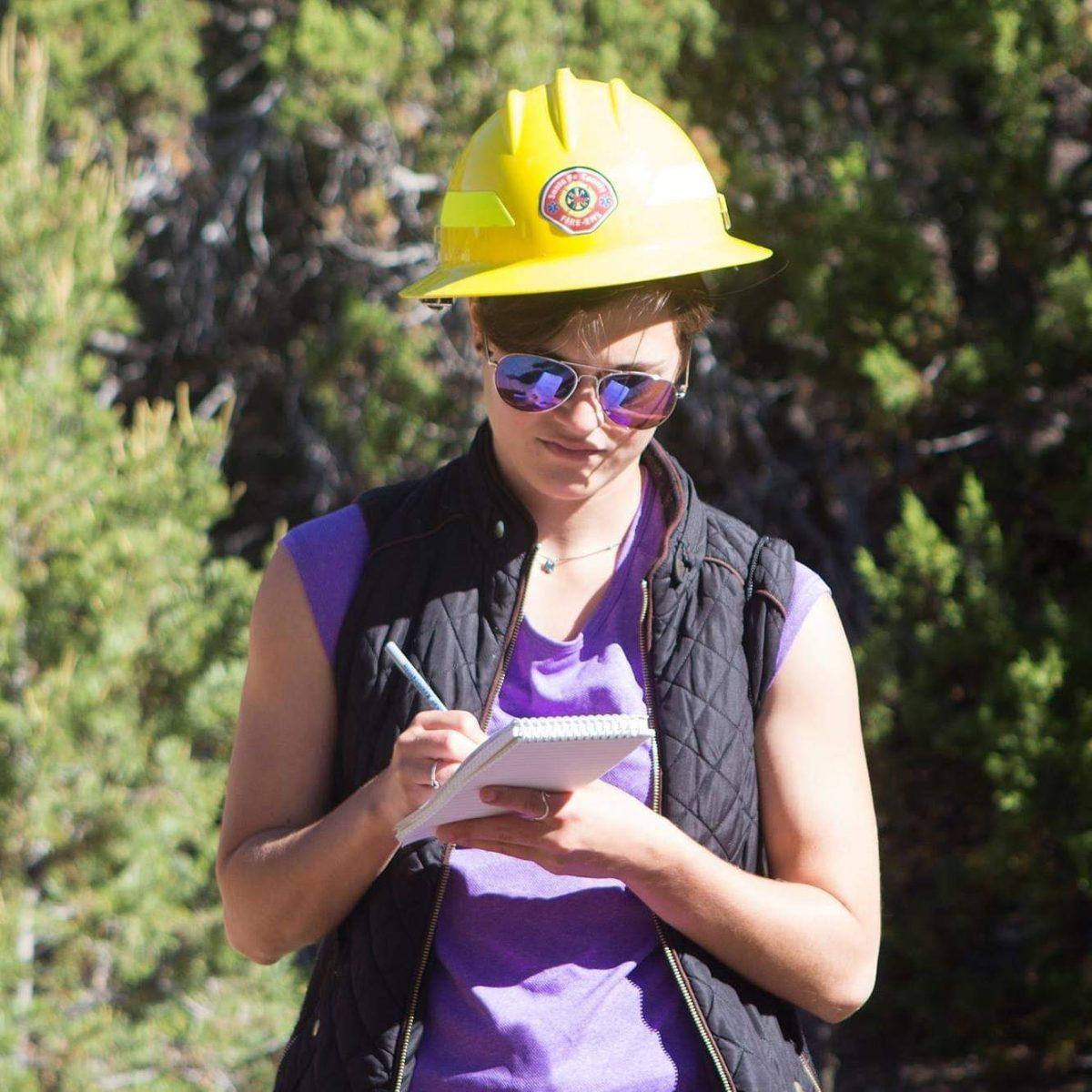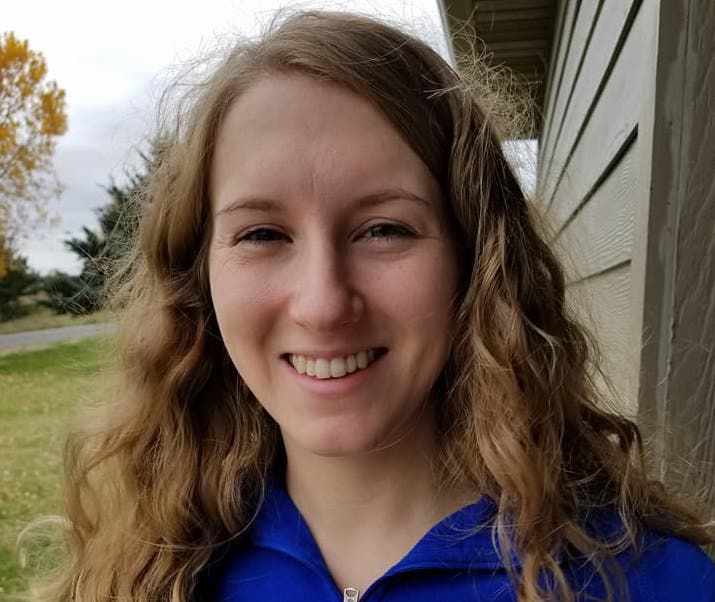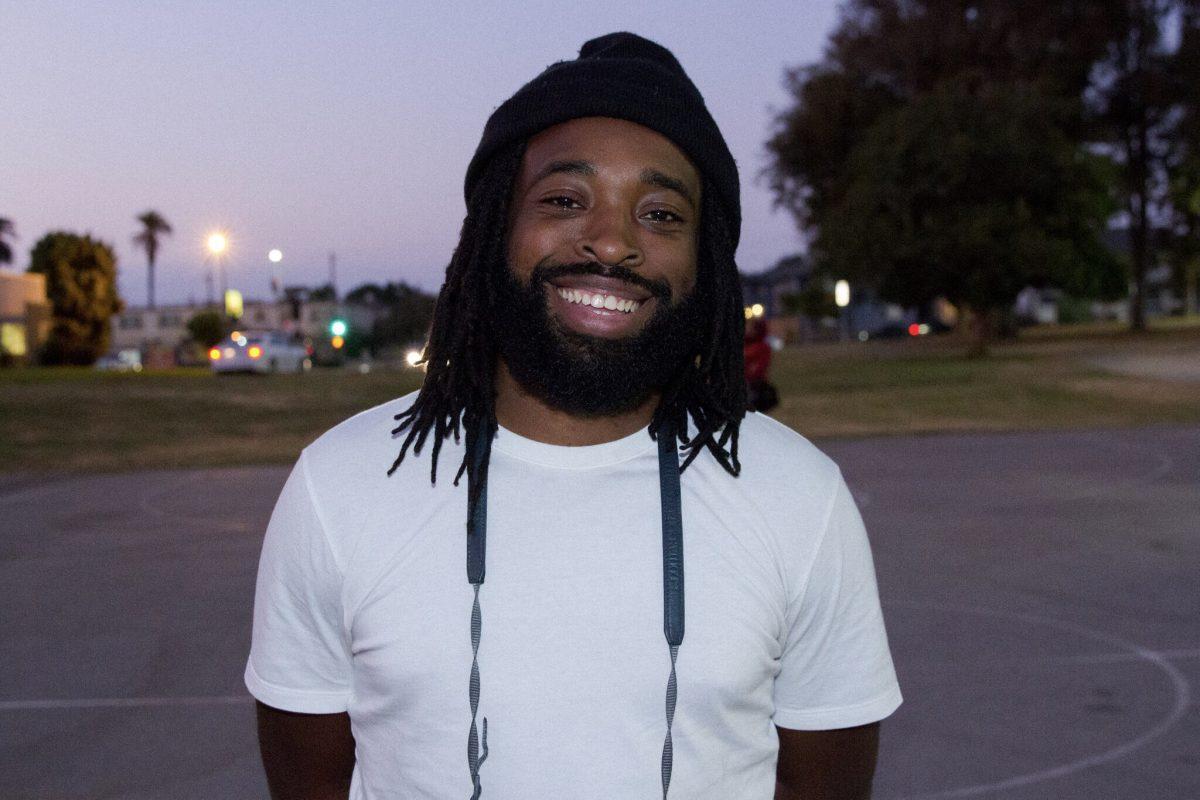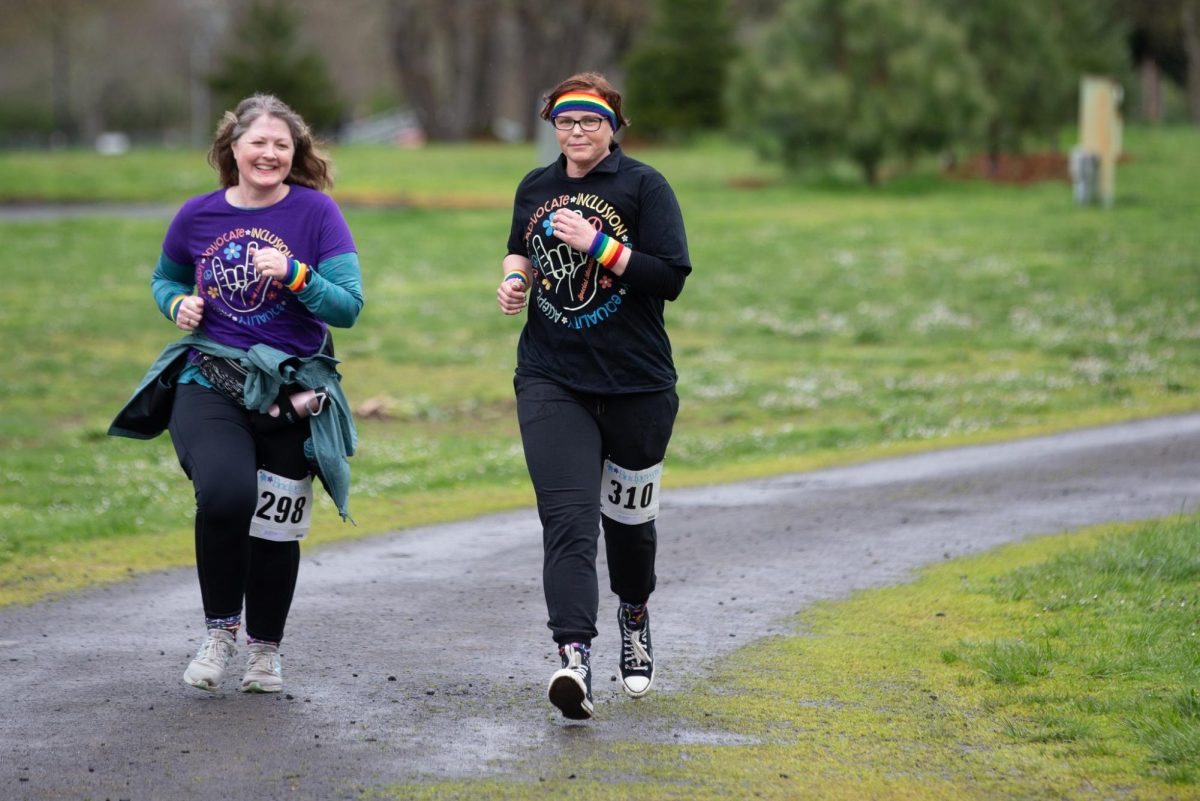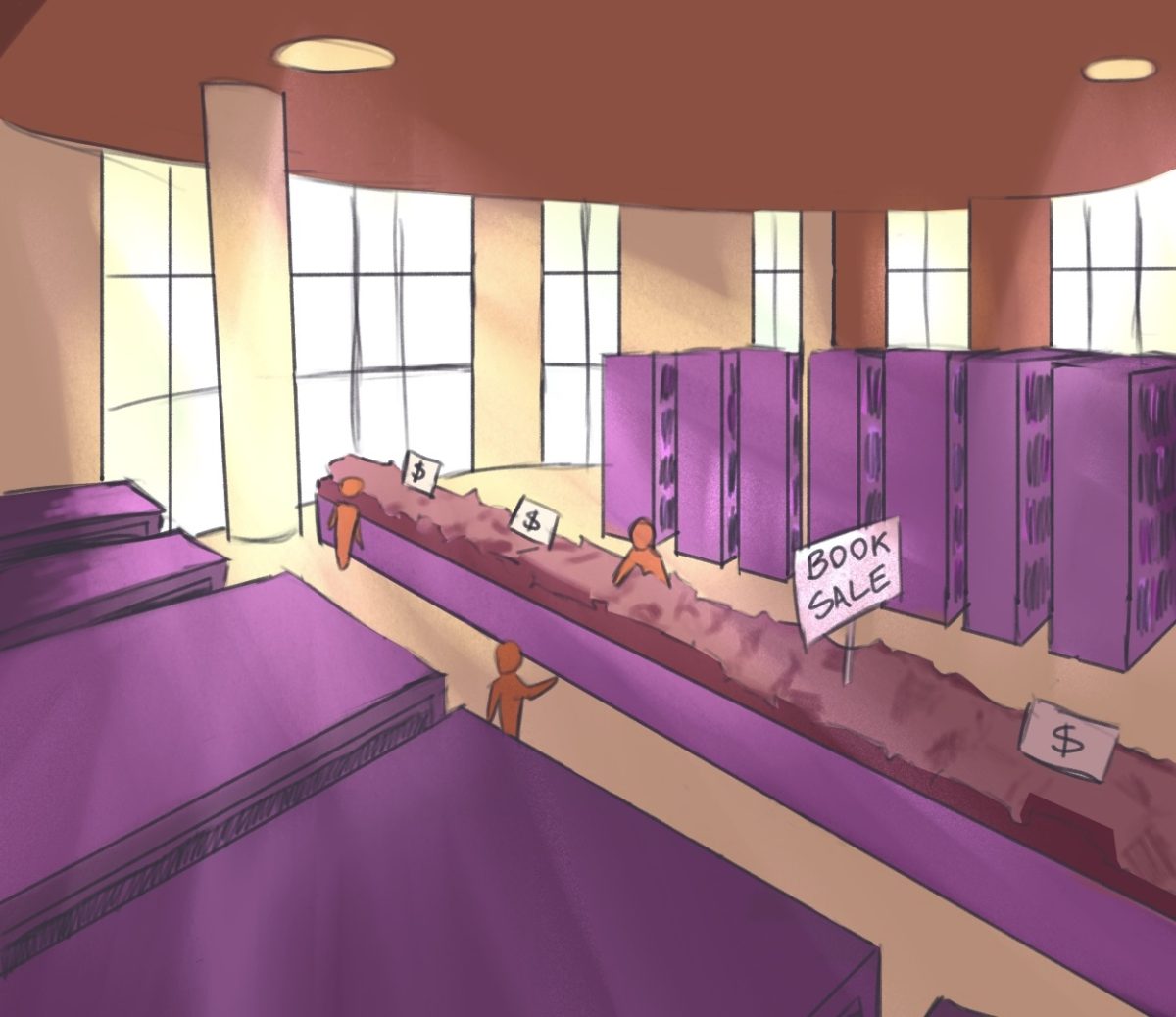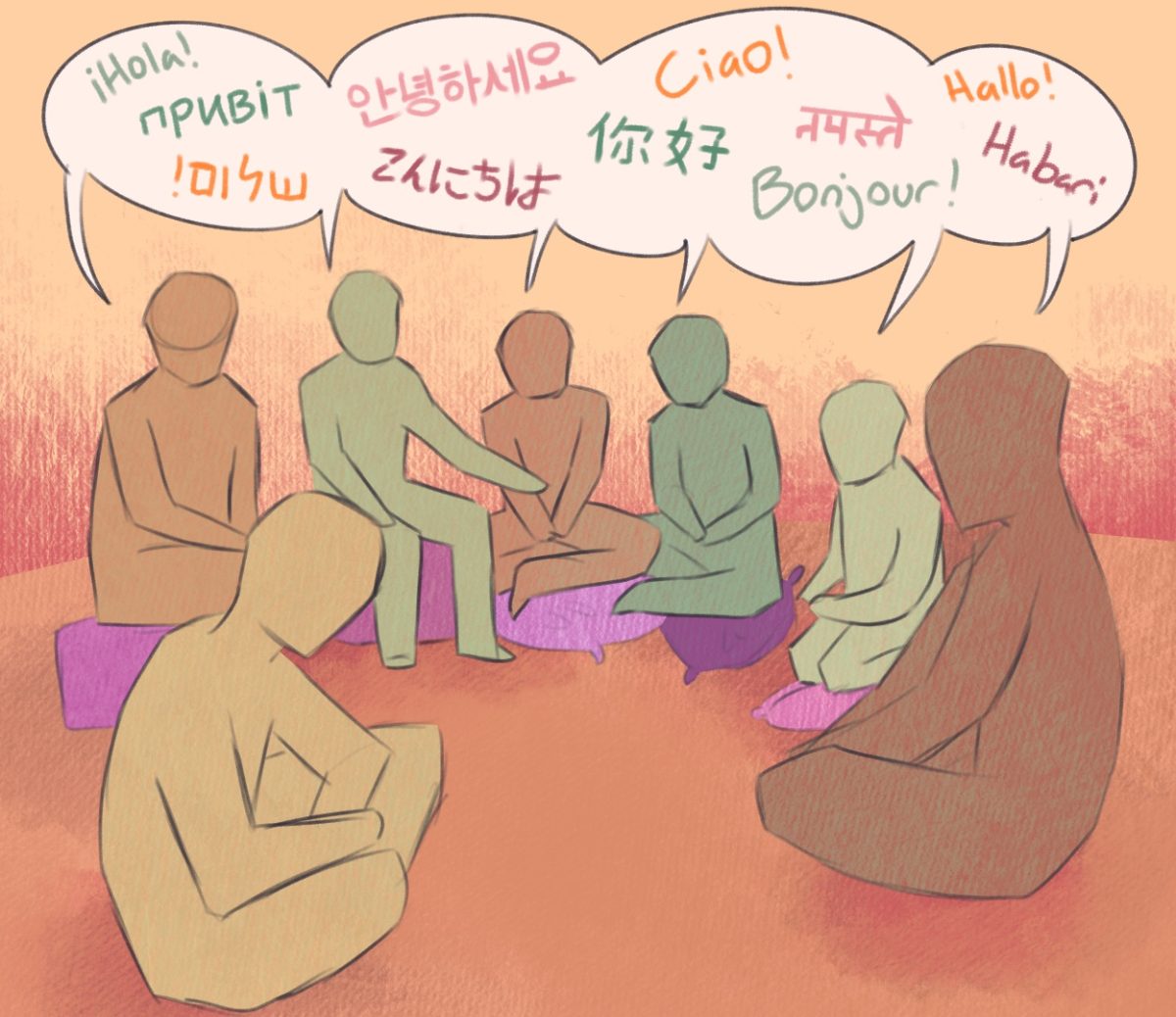A woman walked into the room leading a procession of dancers and musicians. Her face was painted to resemble traditional Mexican calaveras. Three roses framed her face: one on her forehead and one on each cheek. In some ways she stood out in her bright pink oversized blazer, puffy dress, white lace gloves and fan; in other ways, she fit right in.
On Thursday, Nov. 1, the Jordan Schnitzer Museum of Art hosted their 37th annual Dia de los Muertos celebration. This was the first part of a two-night celebration of the Mexican holiday; traditionally, Nov. 1 honors the lives of lost children and Nov. 2 honors the lives of the adults.
Jill Torres, a graduate student at the University of Oregon, attended the event as a translator and “living art piece” dressed as La Catrina, an iconic figure in Dia de los Muertos. Based on artwork from José Guadalupe Posada, La Catrina represents the people that dressed up in more European fashion to hide their poverty and indigeneity.
Dancers from Identidad y Folclor, a group from Guanajuato, Mexico perform traditional dances in the Papé Lecture Hall in the JSMA on Nov. 1, 2018. (Maddie Knight/Emerald)
For Torres, she “is a representation that we are all these things. Our culture is a mixture of things and we need to be proud of it… We are reclaiming that piece of our heritage.”
Part of Torres’ involvement is arranging artists to perform at the event. This year, the exhibit featured P’urhembe, an indigenous family musical group brought over from Michoacán, Mexico to perform indigenous music. They were accompanied by dancers from Identidad y Folclor, who came from Guanajuato, Mexico, to perform traditional dances.
A symbolic part of the celebration is the altar, or alter, where people place their ofrendas, or offerings, to remember the people that passed away. The altares are decorated symbolically to represent the four elements: water, earth, wind and fire. The JSMA, in their partnership with MEChA (Chicano Student Movement of Aztlán) and Oak Hill School, set up two three-tier altares. Guests were encouraged to place their own ofrendas on the altar.
Among the remembered were family members, important Latinx figures and the 11 people who passed away in the recent Tree of Life synagogue shooting.
The altares, according to Torres, represent “that this isn’t the end. When we keep people with us they never really die.”
Carolina Arredondo, an eight-time volunteer at the event, helped set up the altares. This was the first time Arredondo put an ofrenda for her grandparents. She feels especially connected to them on this day and believes “they come spend this night with us. They are coming and watching all the work we are doing.”
Not everyone puts ofrendas on this day. Margarita Morena — or Maestra Mago, as everyone calls her — blinked back tears as she remembered her sister, whose death was still too painful. Mago couldn’t bring herself to put an ofrenda, but still attended to celebrate her sister’s life.
Dia de los Muertos means something different to each person in attendance, but many agree that this is a celebration of culture that they are proud to have in Eugene.
“It’s really nice seeing our culture represented in the art museum; that we see ourselves here and our current artwork as valuable,” said Torres. “To have this space it’s saying: it looks different but it’s just as good, it’s just as high level art.


